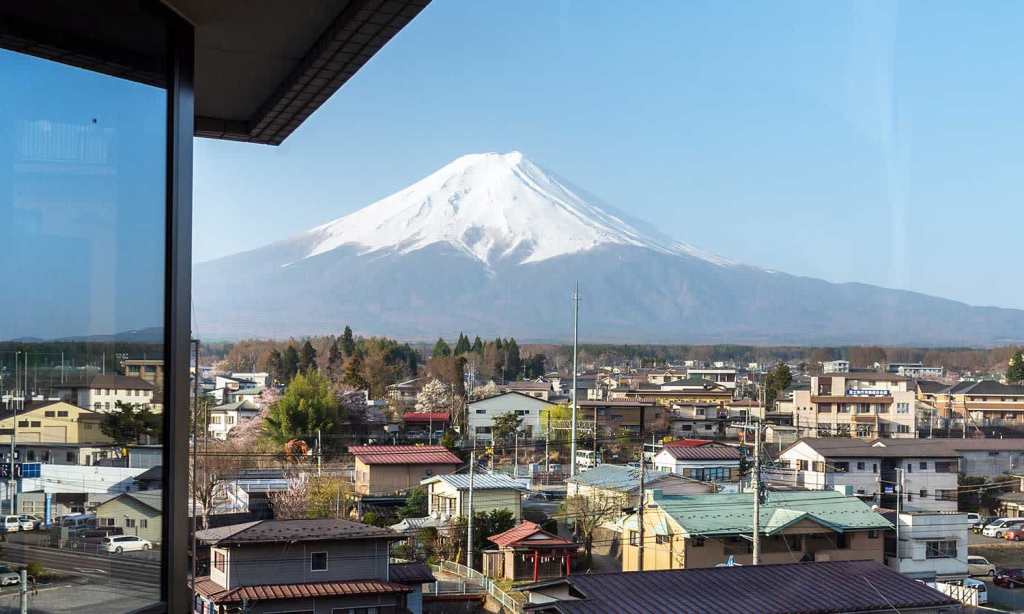There are over eight million abandoned homes in Japan right now — around 13.6% of all residences in the country.
In Japan, these abandoned properties are called akiya, which translates to ‘vacant or unoccupied house’. And the reason why there are so many properties left empty is similar to that of the one euro homes in Italy.
When young people leave rural towns to pursue a life in the city, and when their elderly relatives die, the homes are often left without occupants. Natural disasters are also often thought to play a role, and superstitions of living in a home that was once associated with tragedy may also have prevented families from moving back in.
It explains why so many millions of properties now lie abandoned in what are called ‘ghost villages’, and why the Japanese government has come up with a plan to entice new buyers, by listing the homes on akiya banks, and giving them away for free or at a nominal fee of around $500 in some cases. We’re listening…
But just like the abandoned homes in Italy, the empty homes in Japan also come with a catch. As Japanese property blog Rethink Tokyo explains, oftentimes the cheapest of akiya are in such a state of disrepair that they’d need renovating before being liveable. Renos in Japan aren’t typically cheap either, with the average refurb expected to cost between ¥300,000 (AU $3.6k) ¥800,000 (AU $9.6k) per ‘tsubo’, which is around 3.3 square metres.

However, in some cases, government subsidies can be handed out for people who buy vacant homes in Japan, to help with the renovation costs that make the property liveable sooner.
In other cases, governing bodies will let you live in the home, paying a small rental fee of, say, around ¥35,000 a month (around $AU427). After 20 years, the home would be yours. It means you’d have paid a total of around $102,000, but hey, that’s still a lot cheaper than even the most dilapidated home on the Sydney property market.
These programs have already proved successful in bringing new life to ageing ‘ghost villages’. In the resort town of Fujikawaguchiko, a number of new residents have moved in, many of which were able to keep part-time jobs in nearby Tokyo.
“We’re now seeing more younger families move here while still keeping their jobs in Tokyo since they have the option to work remotely,” a government spokesperson told Nikkei Asia.
It’s a pretty appealing offer to be honest, and it’s not at all surprising to see younger people taking the government up on the chance to become a homeowner for a fraction of the cost, especially in towns that offer easy access to a major city via Japan’s wildly efficient rail network.
As for whether or not the scheme is open to Australian buyers? It would seem so, but some restrictions may request that families be under the age of 43 and have children of primary school age. You can find out more about akiya banks here.
Read more stories from The Latch and subscribe to our email newsletter.







